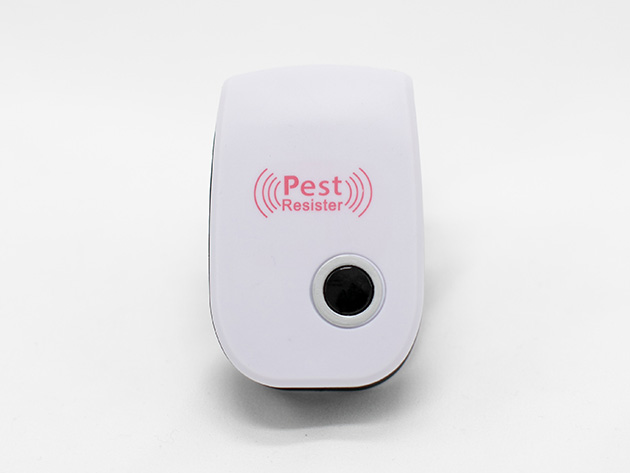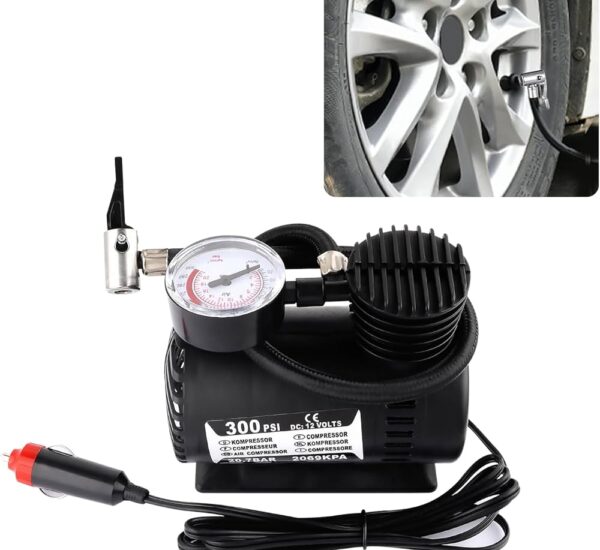There are a lot of bugs, rats, and other animals in the world that people don’t want, but we have to deal with them. Since we care about the earth and other living things, it makes sense that we should try to get rid of pests in a way that doesn’t hurt them too much.
Bug sprays that use sound waves look like they would work. They don’t use chemicals, so they don’t harm the earth, and they don’t need to kill or hurt bugs. That means it won’t hurt the bugs you want to stay away from your home. But do these things work?
What do ultrasonic bug sprays do?
Plugging ultrasonic wave pest killers into an electrical source and making a noise that people can’t hear is how they work. A lot of them are above 20,000 Hz, and some are over 65,000 Hz. The exact frequency can be different from one brand to the next. So-called subsonic pest repellers are now on the market. They use sounds below 20 Hz to keep bugs away.
The frequency is always made when the gadget is plugged in and set up according to the directions on the box. Watch out where and how you put the bug sprays because other animals, even pets, might be able to hear them and make them not work right. Also, you don’t want to accidentally invite bugs into your home as they seek shelter from your sonic pest repeller.
►Visit The Official Website To Get Your Bottle Now◄
What kind of bugs do they hunt?
- The ultrasonic pest repeller’s high frequency can scare away bugs like
- Cockroaches
- Bugs that fly
- There are bugs on the beds.
- Flies
- Fleas and ticks (some pet collars come with sound devices that run on batteries).
- Spiked fish
- Birds
- Rats and mice
How do ultrasonic bug sprays work?
People use ultrasonic and subsonic pest repellers to keep bugs away from their homes. The sound they make scares the pest away. Instead of getting closer to the thing, they move away from it.
If you change the frequency or the company that made them, these ultrasonic bug sprays can work in different ways.
Do ultrasonic pest repellents really work?
It was the Federal Trade Commission (FTC) that made these devices in the 1980s. They were found guilty of false advertising and had to refund customers’ money because the devices did not properly get rid of pests in homes and fields.
Some pests, like mice, might be scared away by the sound that ultrasonic and subsonic pest repellers make, but this only works for a short time. Animals that are smart quickly figure out that the noise these things make isn’t dangerous, just annoying. This is true for many animals that fall for scare traps.
Ultrasonic bug repellers are often bought as a safety measure to keep mice, bats, and roaches from coming into people’s houses in the first place. There are times when these bugs do try to get inside, but most of the time they won’t be able to because homes are already well-sealed.
A gadget can look like it works even if the bug it’s supposed to get rid of isn’t close.
Are bug sprays that use sound waves safe?
Ultrasonic bug sprays only use sounds with a frequency of 20 kilohertz or more to keep bugs out of your home. To get rid of the problem in other ways, poisonous poisons are used. You don’t have to go anywhere because they are safe for your family to use at home.
Are bug sprays that use sound waves safe for pets?
Ultrasonic bug sprays might not be safe for pets as much as they are for people. Dogs can hear up to 40 kHz and cats can hear up to 60 kHz. It’s not important if your bugs can hear the ultrasonic pest repellers; what matters is if they could hurt them. The high-frequency sound won’t bother or hurt your pet, that’s for sure.
How much does ultrasonic bug control cost?
Prices for ultrasonic bug sprays can range from as little as $10 to almost $100. How many ultrasonic pest repellers you need, the type of pest you want to get rid of, and the special features you want the repellers to have will all affect the price.
Different Ways to Get Rid of Bugs
Bug sprays that use ultrasonic waves might not be the best way to get rid of bugs. That’s why it’s important to know what else you can do. The EPA says that chemical weapons should be your next line of defense after using bait. If you have a big problem with pests, the fastest and best way to get rid of them is to hire a professional pest control service.
►Visit The Official Website To Get Your Bottle Now◄
How to Get Rid of Pests
People who already have a bug problem don’t have to spend money on a product that hasn’t worked in decades. Instead, they can take a few simple steps to make it less likely that more bugs will come in or stay. Naturally, there is a chance that something will get in, but there are many good ways to make that less likely.
1. Get rid of places where food can be found
For the most part, this is the best and fastest way to get rid of most pests. Learn what the bug or other pest you want to get rid of likes to eat. It’s very important to keep things clean because rats and mice will eat almost anything.
Pet food should be stored high up and in cases that won’t let air in. Don’t leave dirty dishes in the sink either, because they can be used as food. Also, clean up any spills right away. It’s also a good idea to store all of your food in containers that keep air out, in case these things have stronger feet than you thought.
2. Fill in the gaps
Making changes to your home’s insulation is a great way to keep the cold air out in the winter and the heat out in the summer. It also helps keep bugs away. That way, bugs won’t be able to get in. Also, make sure the trim is sealed and all the doors and windows close and have screens that fit properly.
Look under your eaves and anywhere else someone could get into your attic, crawlspace, or basement. Vents and other openings for air flow should have screens that close tightly over them. When lines or wires from outside the house come inside, they should be sealed. Inside the house, drains should also be locked. But putting special insulation sheets inside can help keep small bugs out. They can get in through switches and other places.

Also Read : SmartFocus Glasses





